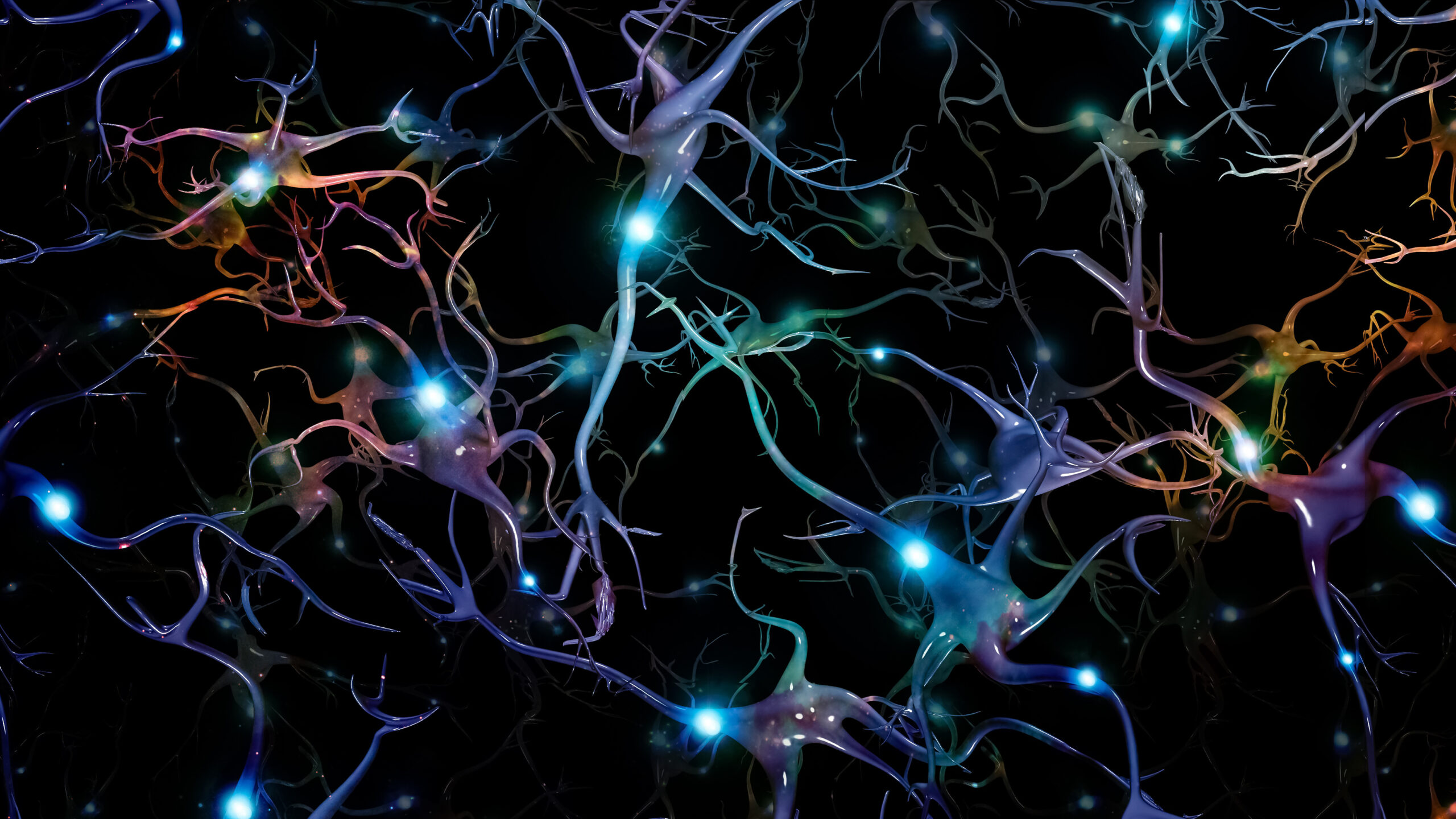Bone Density Loss: How Fast Does It Really Happen?
Bone density loss is something many people experience as they get older, but how fast does it really happen? To understand this, we need to look at what bone density is and how it changes over time.
Bones are living tissues that constantly break down and rebuild. When you’re young, your body builds more bone than it loses, so your bones get stronger. Bone density usually peaks in your 20s. After that, starting in your 30s, the balance shifts slowly—your body begins to lose more bone than it replaces. This means bone density gradually declines with age.
For most adults over 50, some degree of bone loss is common. In fact, about one-third of people in this age group have lower-than-normal bone density—a condition called osteopenia. Osteopenia itself doesn’t cause symptoms; you can only find out if you have it through a special scan called a DEXA test that measures the minerals in your bones.
The speed of bone loss can vary depending on several factors like gender and hormonal changes. Women tend to lose about 10% of their bone mass during menopause when estrogen levels drop sharply—this phase causes the fastest rate of decline in their bones’ strength.
Outside menopause or other health conditions affecting bones, the loss tends to be slower but steady throughout adulthood after peak years. Lifestyle choices also play a role: weight-bearing exercise helps maintain or even improve bone strength while rapid weight loss without proper care might accelerate losses.
In short:
– Bone density peaks around age 20.
– From the 30s onward, slow decline begins naturally.
– Around menopause for women (usually late 40s to early 50s), there’s a faster drop—about 10% lost during this transition.
– Afterward, decline continues at a slower pace.
– About one-third of adults over age 50 show signs of low bone density (osteopenia).
While losing some bone mass with age is normal and expected, significant or rapid losses increase fracture risk because bones become weaker and more brittle over time.
Understanding these timelines helps emphasize why early detection through screening tests matters—and why maintaining healthy habits like regular exercise and good nutrition can slow down how fast our bones weaken as we grow older.





